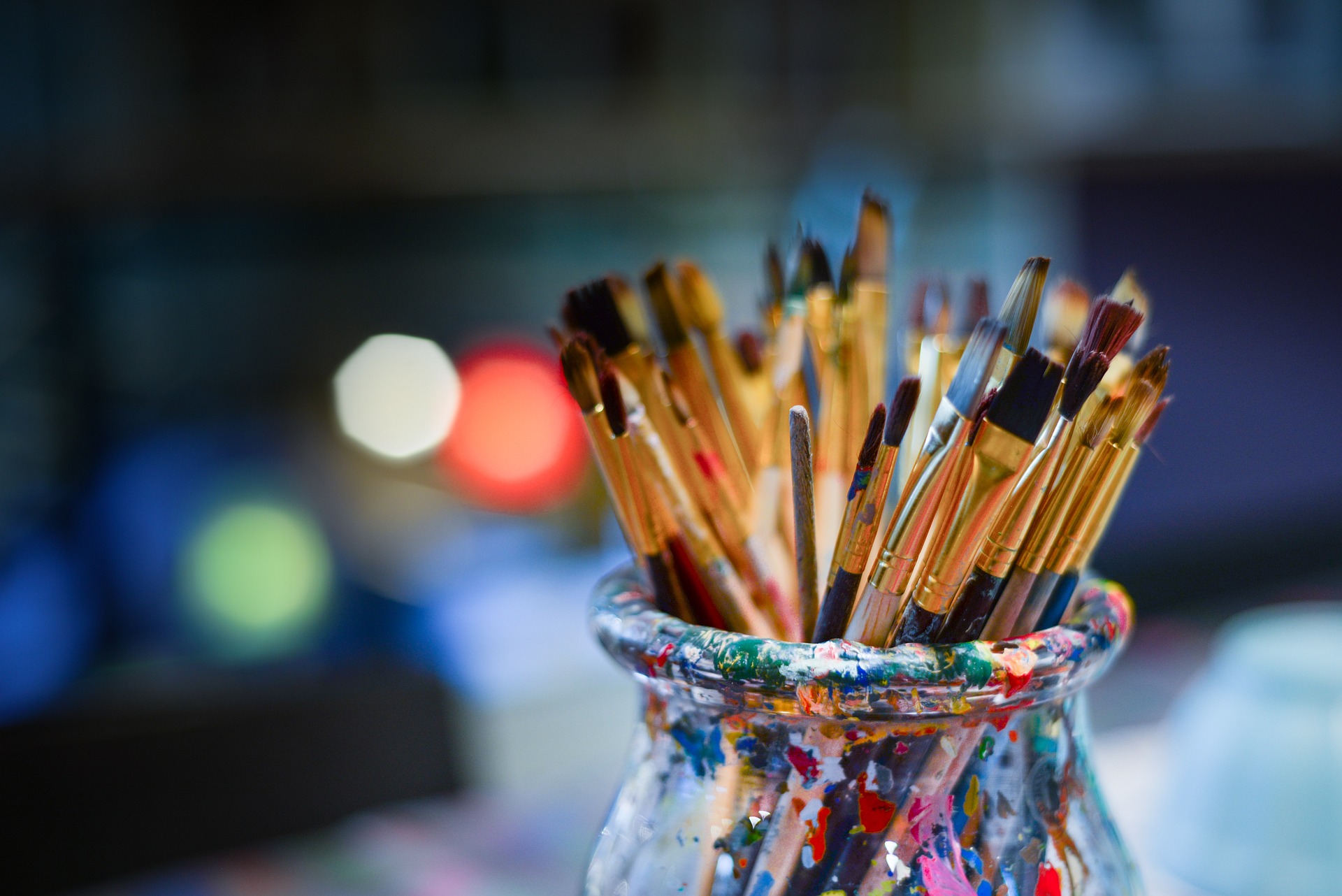Journey through the Tapestry of Technicolor: A Vibrant Era of Cinema
Introduction: Unveiling the brilliance of Technicolor, a groundbreaking phenomenon that painted the silver screen with vibrant hues and enriched the cinematic experience. This article delves into the history, significance, and enduring influence of this iconic technology within the arts and entertainment industry.

The Dawn of Technicolor
In the early 20th century, the world of cinema was predominantly black and white. Technicolor, a revolutionary color motion picture process, was introduced in the 1920s. Providing an innovative solution to the lack of color in films, Technicolor brought a new dimension to cinematic storytelling, painting the screen with rich, vibrant hues. This marked a significant shift in the industry, transforming the way films were produced, perceived, and enjoyed.
Technicolor’s Technological Triumph
Technicolor’s breakthrough came in the late 1930s with the three-strip process. This groundbreaking technology used a prism to separate the colors within a scene, recording them separately on three strips of film. The end result was a dazzling array of hues that far surpassed any previous color process in its richness and realism, making Technicolor the choice for many of Hollywood’s most lavish productions.
The Golden Age of Technicolor
During the 1940s and 1950s, Technicolor became synonymous with Hollywood’s Golden Age. Iconic films such as “Gone with the Wind” and “The Wizard of Oz” used Technicolor to bring their vivid worlds to life. These films demonstrated the extraordinary potential of Technicolor, influencing audiences and filmmakers alike. This period saw the zenith of Technicolor’s popularity, as it became a defining feature of classic Hollywood cinema.
The Fade-Out of Technicolor
Despite its undeniable impact, the reign of Technicolor was not to last forever. The advent of Eastman Color in the 1950s, a cheaper and more flexible color process, marked the beginning of the end for Technicolor. By the 1970s, Technicolor was largely phased out. Yet, the iconic process left an enduring legacy, having fundamentally shaped the aesthetic of cinema.
Technicolor in the Modern Era
In recent years, there has been a resurgence of interest in Technicolor. Modern filmmakers, inspired by the vibrant palette and nostalgic charm of Technicolor, have sought to recreate its distinctive look. Today, Technicolor remains an important part of film history, a symbol of a bygone era of cinema that continues to inspire and captivate.
Technicolor represents a pioneering spirit in the world of cinema, a testament to the power of color in storytelling. Its vibrant tapestry has left an indelible mark on the fabric of cinematic history, continuing to inspire and influence the arts and entertainment industry.




